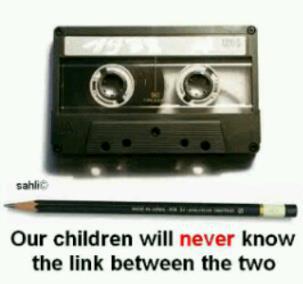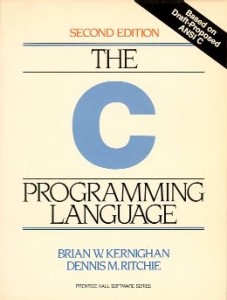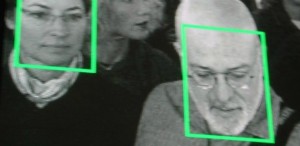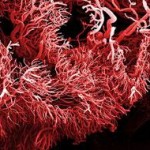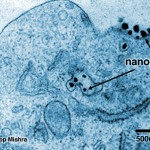A Nobelist explains our fondness for not thinking
By JONAH LEHRER
 Here’s a simple arithmetic question: “A bat and ball cost $1.10. The bat costs $1 more than the ball. How much does the ball cost?”
Here’s a simple arithmetic question: “A bat and ball cost $1.10. The bat costs $1 more than the ball. How much does the ball cost?”
The vast majority of people respond quickly and confidently, insisting the ball costs 10 cents. This answer is both incredibly obvious and utterly wrong. (The correct answer is five cents for the ball and $1.05 for the bat.) What’s most impressive is that education doesn’t really help; more than 50% of students at Harvard, Princeton and the Massachusetts Institute of Technology routinely give the incorrect answer.
Daniel Kahneman, a Nobel Laureate and professor of psychology at Princeton, has been asking questions like this for more than five decades. His disarmingly simple experiments have profoundly changed the way that we think about thinking. While philosophers, economists and social scientists had assumed for centuries that human beings are rational agents, Mr. Kahneman and his scientific partner, the late Amos Tversky, demonstrated that we’re not nearly as rational as we like to believe.
When people face an uncertain situation, they don’t carefully evaluate the information or look up relevant statistics. Instead, their decisions depend on mental short cuts, which often lead them to make foolish decisions. The short cuts aren’t a faster way of doing the math; they’re a way of skipping the math altogether.
Continue reading →


